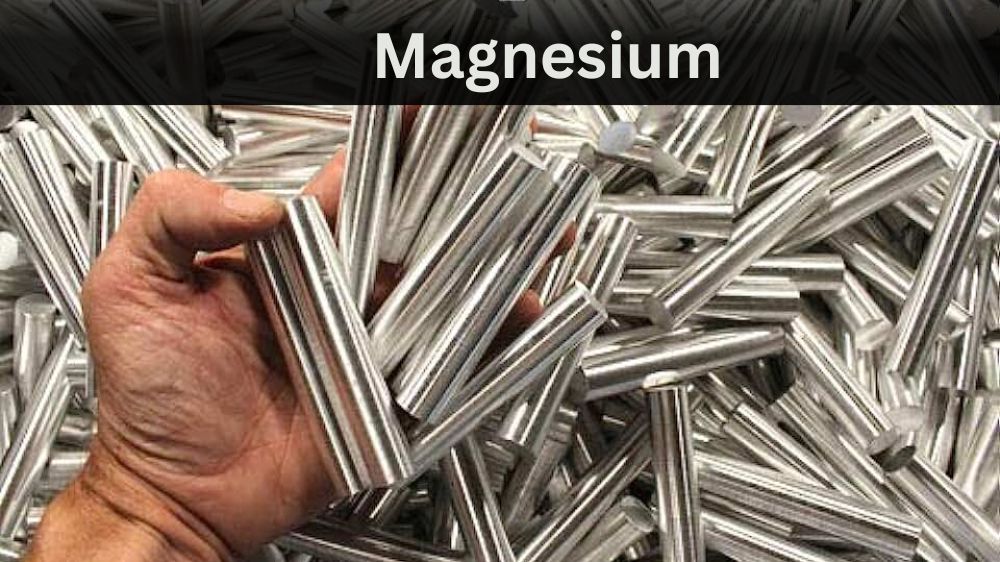
Art and Science of Recyclable Magnesium
Blog Introduction Paragraph: Magnesium is one of the most popular materials nowadays as it is lightweight and durable. It is commonly used in various industries, such as automotive, aerospace, electronics, and construction. However, not all magnesium is sustainable. To promote a greener environment, it is essential to recycle magnesium as it reduces waste disposal and conserves natural resources. This blog will tackle the different ways of recycling magnesium and its benefits.
Magnesium Recycling Techniques:
Thermo-Mechanical Recycling:
It is a process that involves grinding the magnesium waste, exposing it to high temperatures, and mechanically refining it. The resultant pure magnesium can be melted and used again.
Remelting:
It is the most commonly used method for recycling magnesium. It involves heating pre-shredded magnesium scrap and melting it in a furnace. The resultant molten magnesium is then cast into desired shapes.
Salt Bath Recycling:
It is a process that involves the use of a salt bath to melt magnesium scrap. The molten magnesium is then cast into moulds or remelted for further processing.
Benefits of Recyclable Magnesium:
Reduces Energy Consumption:
Recycling magnesium reduces the energy needed to extract and refine new magnesium.
Resource Conservation:
As magnesium recycling conserves natural resources, it helps reduce pollution from mining, refining, and transport.
Reduces Landfill Waste:
Recycling magnesium reduces waste and helps lower the number of landfills.
Magnesium Recycling Challenges:
Corrosion Resistance:
Recycled magnesium has a reduced corrosion resistance compared to pure magnesium alloy.
Cost:
Recycling magnesium can be quite expensive, which may discourage many recycling businesses from pursuing it.
Magnesium Applications:
Automotive Industry:
Magnesium alloys are commonly used in making car parts to reduce weight and improve fuel efficiency.
Aerospace Industry:
Magnesium alloys are lightweight and durable, making them perfect for aerospace applications.
Medical Industry:
Magnesium alloys manufacture medical implants because they are biocompatible with the body and can dissolve safely once the implant is no longer needed.
For more information visit Kapilsteels
Conclusion:
Magnesium alloy is a critical metal in the manufacturing industry, and recycling it is responsible for conserving resources and promoting a greener environment. The methods mentioned above can help guide you in recycling magnesium, but it is essential to understand that there are some challenges to overcome. Regardless of the challenges, it is still vital to invest in recycling as it benefits everyone. Recycling magnesium can reduce pollution, lower energy consumption, and conserve natural resources. It is always best to work together as a community to encourage and support greener initiatives.